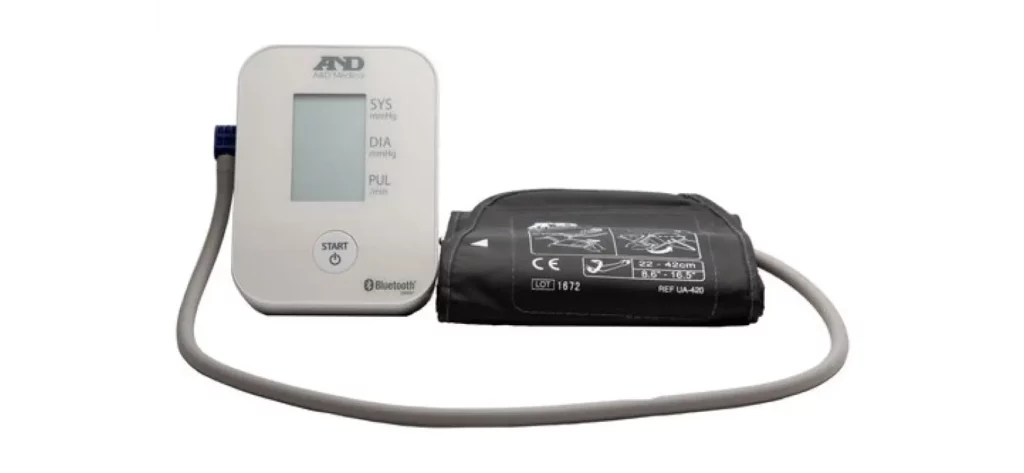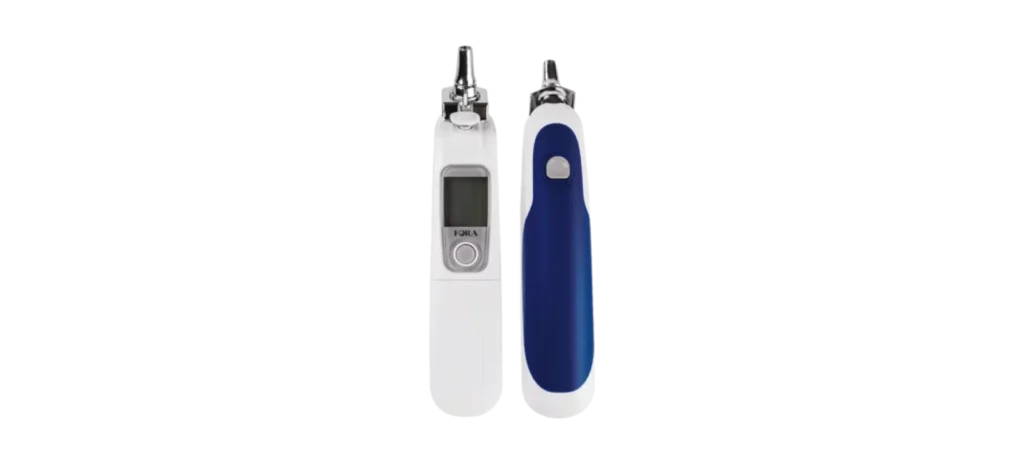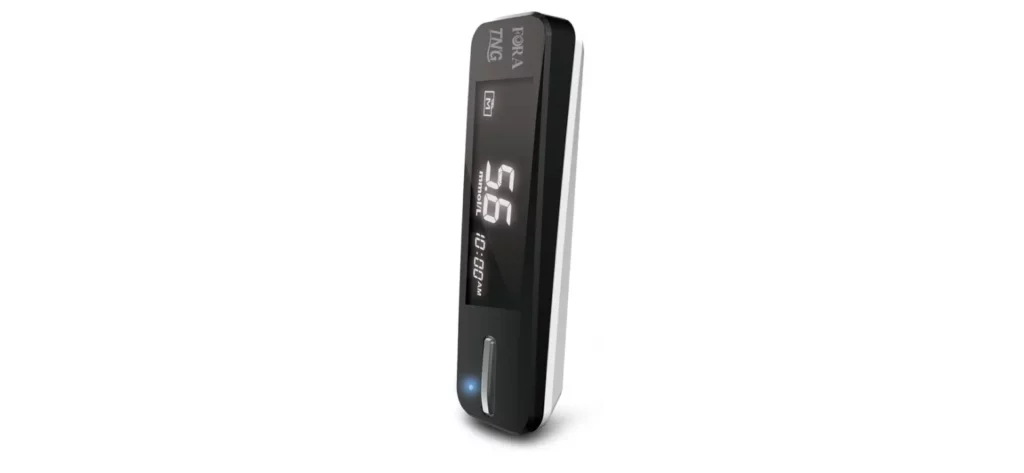Your vital signs are measurements of your body’s most basic functions. Vital signs allow your healthcare provider to assess your health and can help detect or monitor medical issues. One of the main reasons our vitals are so beneficial is that they can be measured anywhere, including in medical settings, at the site of a medical emergency, or at home. Understanding how to take your basic vitals and how they relate to your overall wellbeing is key to maintaining optimum health.
The five main vital signs that you can easily monitor are blood pressure, heart rate, oxygen saturation, temperature, and glucose. At Emerest, we provide our telehealth clients with modern telehealth tools to measure all these basic vitals from the comfort of their home.
How to Take Accurate Vital Results
Before we get into how to read and understand your vitals, it is essential that you know how to measure them accurately. Various factors can skew your results. For example, medication should be taken at least 30 minutes before measuring vitals. Your positioning is also a key factor. Before taking your vitals, sit upright with your back against a chair or wall, uncross your legs, and refrain from talking, eating, smoking, or any other activity. Most importantly, try to stay relaxed to ensure accurate results.
Blood Pressure

A blood pressure cuff is used to measure your blood pressure using a blood pressure cuff. The result is a numerical reading with a top number and a bottom number. The top number of your reading, called systolic pressure, tells you the force used when your heart beats. The bottom number, your diastolic pressure, is your blood pressure when your heart is resting between heartbeats. A systolic (the top number) reading between 90 and 160 and a diastolic (the bottom number) reading between 50 and 100 is considered normal. If either number is abnormal, you may be experiencing hypo- or hypertension.
Common symptoms of low blood pressure (Hypotension) include:
- Blurred vision
- Dizziness
- Chest pain
Common symptoms of high blood pressure (Hypertension) include:
- Nausea
- Confusion
- Fatigue
Heart Rate Pulse

Your pulse, also called your heart rate, is a reading of how often your heart beats per minute. You might be familiar with the simple technique of feeling the inside of your wrist to get a rough estimate of your heart rate. However, you can more accurately measure your pulse using a pulse oximeter placed on either index finger. A reading of 60-100bpm (beats per minute) is considered normal. A faster heart rate is referred to as tachycardia, while an unusually slow one is called bradycardia.
Common symptoms of tachycardia and bradycardia include:
- Dizziness
- Chest pain
- Fainting
Oxygen Saturation
Here’s a vital sign you may not be so familiar with. In addition to measuring heart rate, the pulse oximeter can also be used to measure oxygen saturation. Oxygen saturation refers to the amount of oxygen in your blood. Your body requires a specific amount of oxygen in the blood to function properly. A reading of 93-100 is considered normal. 100 is the highest it can go, as oxygen saturation is measured as a percentage. When oxygen saturation is low, it can lead to a dangerous condition called hypoxemia.
Common symptoms of hypoxemia include:
- Wheezing
- Confusion
- Blue lips or nails
Temperature

We provide ear thermometers to take your temperature quickly and accurately at home. Temperature is a measure of how well your body can make and get rid of heat. The body is very good at keeping its temperature within a safe range, despite frequent temperature changes outside the body. A temperature between 96.0°F and 99°F is considered normal. A high temperature, commonly referred to as a fever, is often a sign of infection and should be viewed as a medical emergency.
Common symptoms of a fever include:
- Shaking
- Feeling hot or cold
- General discomfort
Glucose

The last vital sign is your blood sugar or glucose. Glucose is the main sugar found in your blood. It comes from the food you eat and is the primary source of energy for your body. However, there are many reasons why your blood sugar may be outside normal levels. A blood sugar reading between 80 and 140 is considered normal. A reading above 140 indicates hyperglycemia (diabetes), while a reading below 80 indicates hypoglycemia.
Common symptoms of hyperglycemia (high blood sugar) include:
- Frequent thirst
- Frequent urination
- Stomach pain
Common symptoms of hypoglycemia (low blood sugar) include:
- Irritation
- Fatigue
- Dizziness
Emerest Connect

At Emerest, we offer a Remote Patient Monitoring Program which provides each client with a detailed monthly report outlining their plan of care. This report consists of a monthly average for all vitals, any appointments or treatments the client has had that month, and information on social work sessions. The result is a comprehensive picture of your overall health, including personalized recommendations to help you live healthier and happier. Visit www.emerest.com/connect today to learn more about our Emerest Telehealth program!